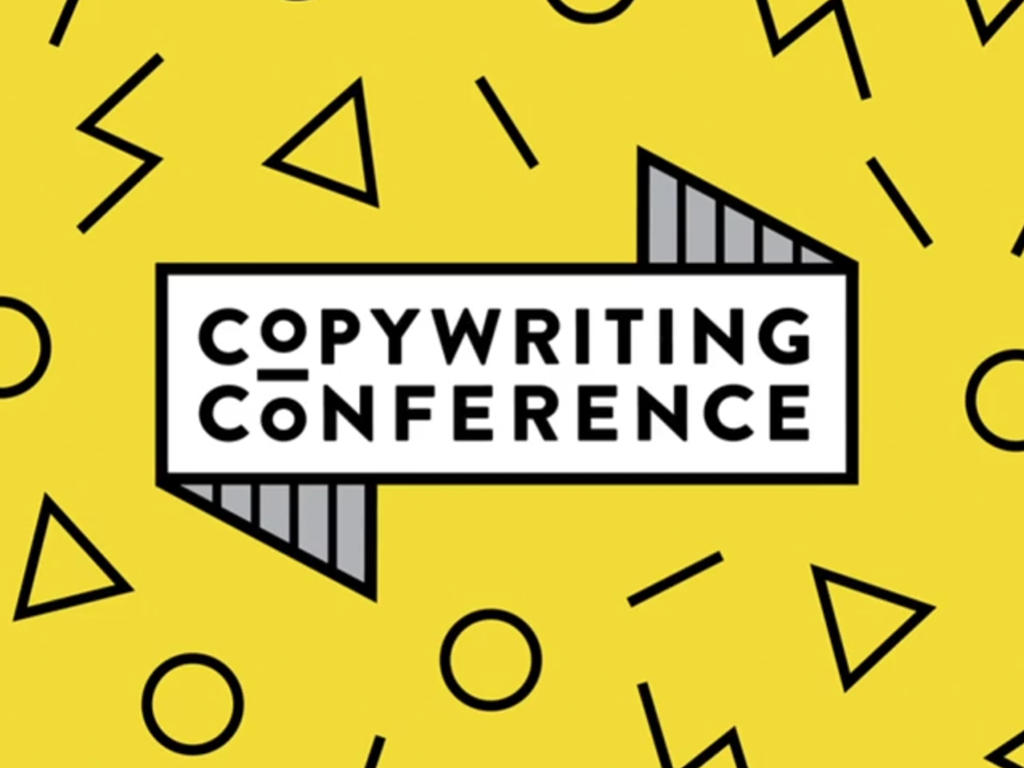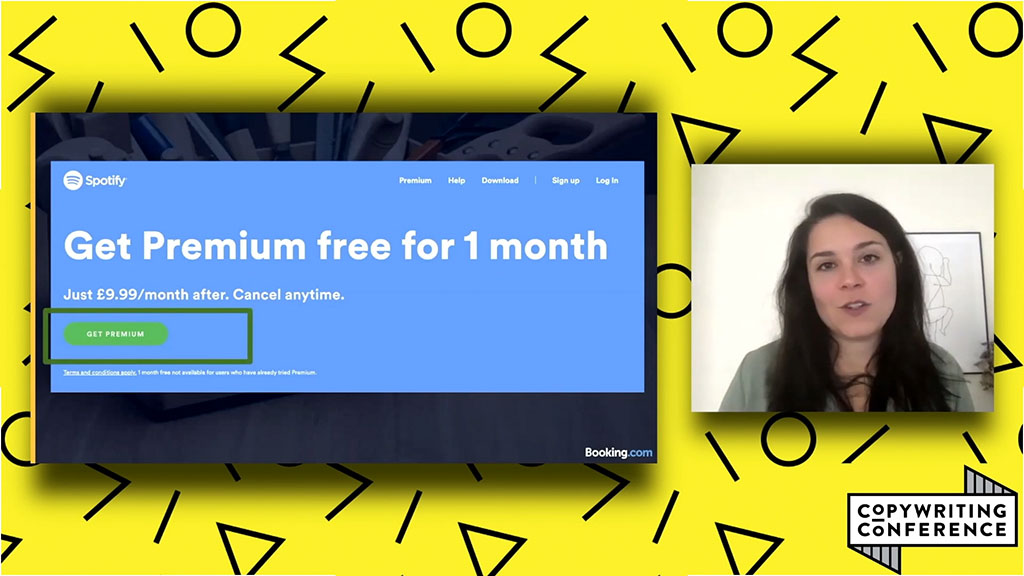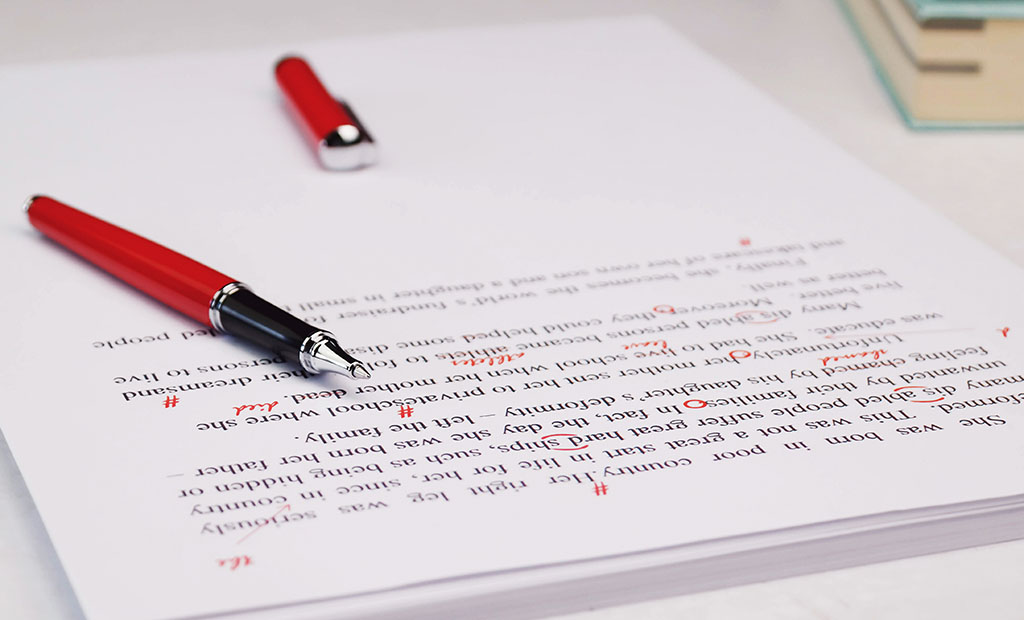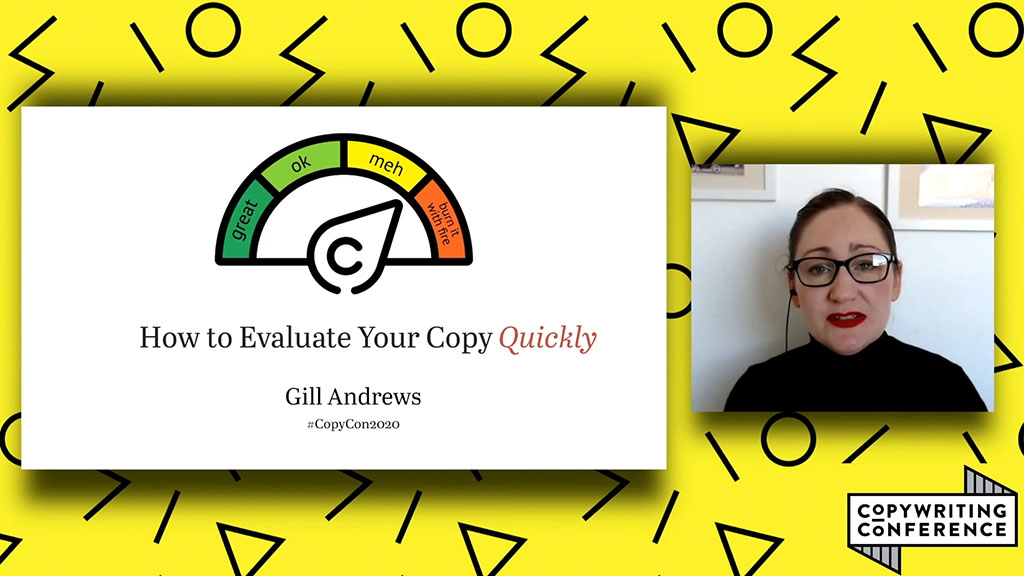Making words work in B2B marketing: Insights from CopyCon 2020

Good copywriting is the foundation of successful marketing campaigns, so it’s essential to stay in touch with the latest thinking on how to make words work. With that in mind, I joined the Copywriting Conference last week, and came away with a list of take-home messages for B2B marketers in the sciences.
Is advice on copywriting relevant for technical B2B companies?
If you’re a B2B marketer, you’ll be used to working in a constantly changing landscape, and familiar with taking new approaches to achieve success. But when was the last time you reviewed the copy you’re using in your literature?
If the answer was “not recently”, then you’re missing out. Just like your marketing strategy, the way you’re employing words in your literature should be under regular review.
But as you’ve probably found, the writing advice out there is often geared towards B2C companies. For example, mantras like “keep the language simple” seem irrelevant when you have an audience of polymer manufacturers, and need to show that you understand their needs by confidently deploying the necessary technical terms.
Fortunately, I’ve been on a mission to help. Last week, I got involved in CopyCon 2020 – the UK’s one and only conference dedicated to copywriting. My aim was to see what messages I could extract for B2B companies, especially those with a scientific focus.
Here’s what I learnt.
The Copywriting Conference is organised by an alliance of commercial copywriters (Procopywriters), and has been held annually since 2014. For obvious reasons, this year it was a purely online event, with about 160 attendees at the main session, expertly hosted by David McGuire from Radix Communications. Several big names in copywriting passed on their advice in 10 talks, and I listened-in to see what lessons there were for B2B copywriting.
Don’t say more than about seven things at once
The first talk of the day was about writing good value propositions by Francesca Catanuso, Senior UX Copywriter at booking.com.
Included in Francesca’s wide-ranging discussion was a reminder that your brain can’t process more than about seven bits of information at once, far less remember any of them (known as Miller’s law).

This struck a chord with me, as I’ve always believed that you should limit bullet-point lists to about seven. But what Francesca said about minimalism in copy made me realise that this applies more widely.
Specifically, it’s a mistake to try to get across a long list of things (bits of data, features, benefits, concepts) in one go – whether that’s in a sentence, a paragraph or a section of a document.
Of course, there’s a balance to be struck, and at some stages of the buyer journey you may have no choice but to convey a lot of information. In this instance, good document structure becomes essential. But on the sentence-level scale, aim to avoid ‘overload’ in your copy, and you’ll increase the chance that readers will be able to digest your message.
Don’t misunderstand the “write like you speak” idea
The idea that to engage the customer, the writing should be casual and willing to break convention is a popular theme in copywriting.
Robyn Collinge, Copywriter at WeTransfer, made a compelling case that this ‘personality-led’ approach to copy can make a brand speak more directly to the customer, and boost engagement. Similarly, conversion copywriter and writing consultant Kira Hug also dwelt on the theme of personality-driven copy in her talk.
That’s all great for B2C, but surely all this personality stuff is irrelevant to B2B? Not necessarily, and I think the confusion arises with the phrase “write like you speak”. This is often taken to mean write casually or with humour, which generally isn’t a good idea when the purchase order for the product you’re writing about needs to get signed-off by the CFO! Similarly, when writing for global audiences, informal phrasing and country-specific idiom needs to be used with caution if you want to be understood by non-native English speakers.
Instead, I think better advice for B2B is “write like you would speak to your customers”. This allows you to lighten the tone occasionally and show a little personality, while at the same time not using language that would look out of place in a customer meeting.
“Write like you would speak to your customers” is the best advice for B2B companies wanting to add a little personality to their brand
Balance perfection with effectiveness
A big topic in a presentation by Honor Clement-Hayes (Brand Manager at Ticker), and in the conference chat, was whether you should strive for ‘perfection’ in your copy.
Putting to one side the moot point of how you define perfection, it’s fair to say that opinions were divided, between those who think that ‘good enough’ is actually good enough, and those who believe that nothing less than the best will do.
My own take is that the idea of ‘perfect’ needs to be broken down a bit:
- You should strive for perfection in the things that can influence the effectiveness of the message, and/or your brand image – brand voice, messaging, accuracy, clarity, spelling, grammar… and of course timely delivery.
- But you should cut yourself a bit of slack in the things that don’t matter so much – specifically comprehensiveness (there’s no need to mention every feature) and eloquence (you’re looking to convince the reader, not win literary prizes).
So I think it’s always worthwhile to have another go at refining your EDM’s subject line, or spend 20 minutes proofreading a white paper – it might make all the difference.

Think about how you can reflect diversity in your marketing material
What does the concept of diversity have to do with B2B technical literature? Not much, you might think, if you’re preparing a brochure about your new software offering or writing up a technical white paper.
But seeing the talks by Natalie Narh, Social Content Creative at Ogilvy UK, and Jane Evans, Founder of the Uninvisibility Project, made me realise that diversity is a theme that has relevance to all forms of writing, and we should all challenge ourselves to broaden our perspectives.
Here are some thoughts on how to achieve that in literature for technical B2B companies:
- Diversity of staff perspectives – It’s conventional to use C-suite staff as the ‘face’ of your company in homepage videos and quotes in news releases. But those are not the only perspectives that matter. Giving airtime to those people in your company who work behind the scenes can make your brand a lot more ‘human’ and less ‘corporate’. Blog posts are a great way of doing this.
- Diversity of customers – Your buyer personas influence how your approach your copywriting… but do they reflect reality, or do they just mirror outdated stereotypes? You can go further too – interview your customers and showcase their successes in ‘customer stories’ to bring some real-life viewpoints into your marketing mix.
- Diversity of understanding – Do your marketing materials assume that everyone has a certain level of knowledge? Make sure you set this level carefully – for example, not all your potential customers may be familiar with non-Newtonian fluids or know what the perovskite structure is. So make sure that you don’t alienate them by thinking they all know as much as you do.
Seeing the world from someone else’s perspective is part of what makes a successful marketer. But especially in the B2B sector, we need to ensure we spend enough time finding those different perspectives in the first place.

Focus on adding value, and don’t worry about length
In a talk by Sandra Wu, Paid Content Marketing Lead at Blinkist, we listened with interest to the results of the 500+ A/B tests she’s conducted on copy and UX for the app, which offers quick digests of nonfiction books.
Not everyone agreed with all the points she made (“a copywriter is a salesperson in disguise” and “don’t make the text beautiful for the sake of it” got a few people going on the chat), and it was clear that some findings were more relevant for boosting short-term B2C sales than long-term brand-building in B2B enterprises.
First make sure your copy is giving value to your customer, and only then turn your attention to the word count.
But one point that I definitely agreed with was writing about things that add value… irrespective of the length of the copy. In my time as a copywriter, I’ve sometimes felt that I’ve spent too much time tweaking my words to fit a predefined word-count, especially in submissions to media outlets (“we need 100 words describing your innovation”).
The truth is that if your copy doesn’t have the right message, then obsessing over the word count is pointless. So focus on getting the message correct, clear, and (reasonably) concise first. Only then is it worth seeing if you can squeeze it down further without losing its value to the audience. (And I’m not even going to talk about ‘padding it out’!)
Think about reader reactions to evaluate your copy
But long or short, how do we know if our copy is going to be effective? Copywriter and web consultant Gill Andrews gave us some valuable tools for evaluating what we’ve written before setting it loose in the real world.

In characteristically no-nonsense style, she showed how nearly all of the questions you might ask about the effectiveness of a piece of copy can be covered by considering the three reactions that people might have to it:
Huh?
- The reader doesn’t understand what you’re talking about.
- Example: Business jargon and overly technical language.
- Solution: Explain it in clearer language.
Prove it!
- You’ve made unfounded claims about your product or business.
- Example: Filler adjectives like “world-leading” and “award-winning”.
- Solution: Provide testimonials or evidence to back up your claims.
So what?
- You’ve failed to explain the relevance of a statement you’ve made.
- Example: Long lists of product features.
- Solution: Make the benefits prominent to your target audience.
B2B copy in science-focused businesses usually fails on at least one of these counts, and sometimes all three. I’m sure we can all find examples close to home!
Don’t forget the importance of design
Another point made by Sandra Wu was the influence of design, which I was pleased to hear, as I’ve always advocated considering the text and design together for best results.
Her message was that it’s a mistake to focus entirely on the copy – poor copy with great design won’t get you anywhere, and neither will great copy with poor design.
So her conclusion was that as marketers, we should devote about 50% of our effort to the copy, about 30% to the layout/UX, and about 20% to the assets or brand imagery. And to do that successfully, you need to consider all three aspects together – a great point on which to end, I think!
In conclusion – B2C has useful lessons for B2B
So there you have it: a few take-home messages from some experienced practitioners of copywriting in 2020.
It’s clear to me that not all advice about copywriting – often developed for the B2C environment – translates to B2B.
But, as I hope I’ve shown here, there are definitely some valuable lessons that can be learnt from considering the latest trends. I hope you’ll find some of the above points useful.
